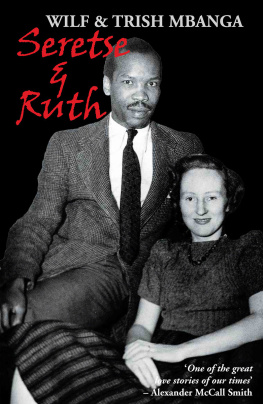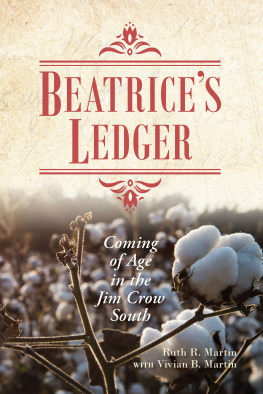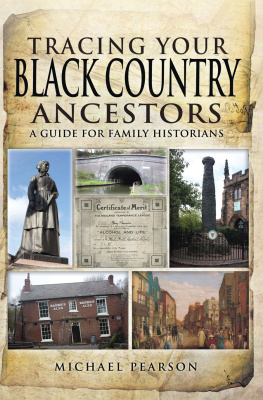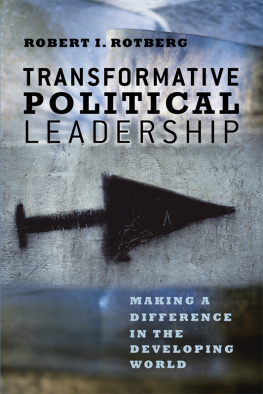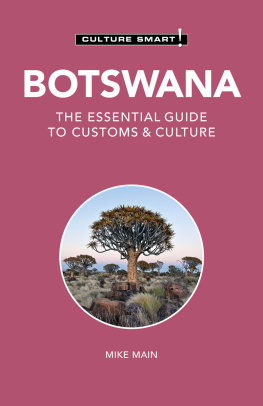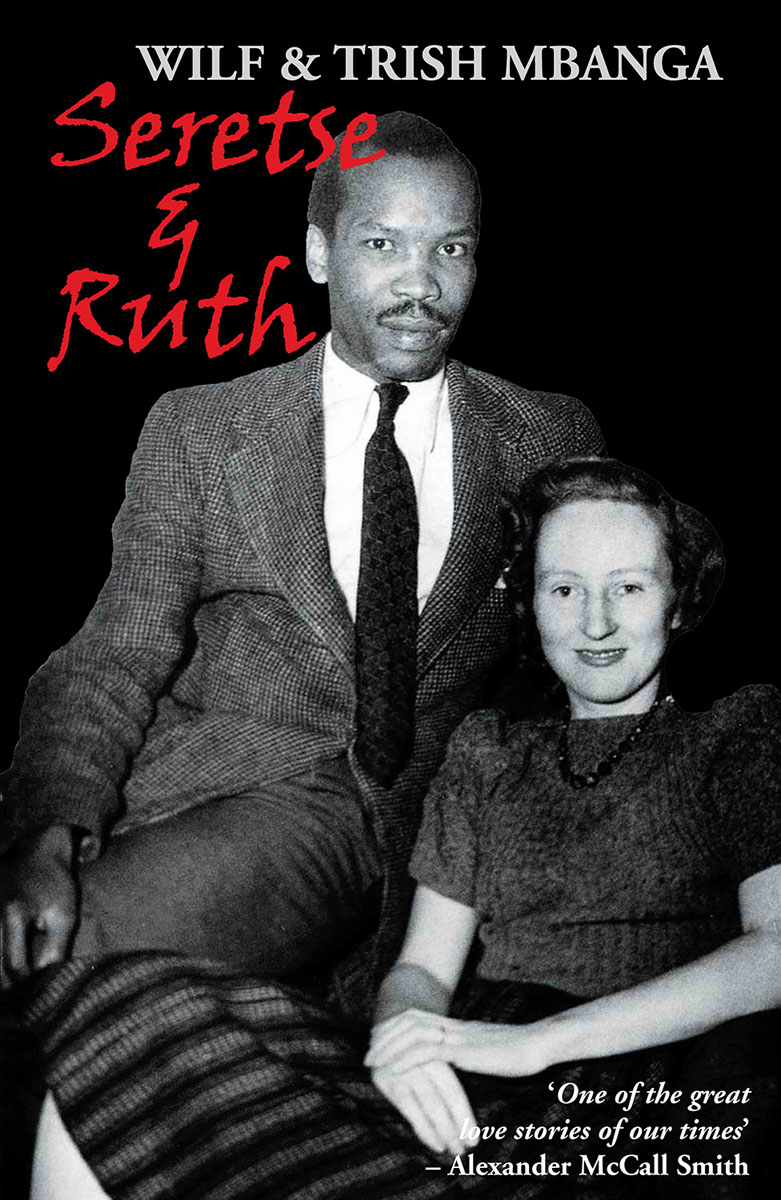

First published in South Africa in 2005
by Tafelberg Publishers Ltd
and in the UK by Green Print, an imprint of
the Merlin Press Ltd,
99b Wallis Road,
London
E9 5LN
Published as an ebook in 2016
ebook isbn. 978-1-85425-114-5
Wilf & Trish Mbanga, 2005
This ebook is copyright material and must not be copied, reproduced, transferred, distributed, leased, licensed or publicly performed or used in any way except as specifically permitted in writing by the publishers, as allowed under the terms and conditions under which it was purchased or as strictly permitted by copyright law. Any unauthorised distribution or use of this text may be a direct infringement of the authors and publishers rights and those responsible may be liable in law accordingly.
Contents
Foreword
In 1966 a new country came into existence. The Republic of Botswana was born into a troubled region and there must have been those who were quietly pessimistic as to the prospects of this new country ever being much more than a satellite of its more powerful neighbour. How wrong such predictions were! Under the guidance of its first President, Sir Seretse Khama, the new state showed that not only would it be a truly independent member of the world community but that it would be an example to the rest of the world of what could be achieved in a country dedicated to honesty and decency in government. In the years that followed, Botswana became a beacon in Africa, with a record of achievement in every sphere, notably in health and education.
Behind this success story there is the story of one family which was called by its historical position to play a central role in the development of the new state. This is the Khama family, and in particular Seretse Khama, statesman, paramount chief, husband and father. This book dwells on the last two aspects of this important figure, and tells, in the process, a story which I think is one of the great love stories of our times. In the face of great difficulties and opposition, Sereste and Ruth were united in a fruitful marriage which showed the world how people from different traditions might live in harmony and happiness. In many respects, their personal story, so movingly recounted in this book, is the story of the country itself, for Botswana as a state has always stressed the importance of social harmony.
Great love stories usually reveal the nobility of the human spirit. This tale does exactly that and we who read this account have reason to be grateful to Wilf and Trish Mbanga for sharing their own particular insight into a moving and memorable story.
Alexander McCall Smith
Preface
This is a true story. A love story. A story about a love that transcended the barriers of distance, race, creed and culture; that triumphed over injustice, treachery, exile, illness, loneliness and rejection. That was tested in the fires of adversity and emerged true and enduring as few loves of the hasty and selfish twentieth century have been.
The story began when a young African prince from the vast and thirsty plains of Bechuanaland was sent to England by his royal uncles in search of education and fell in love with an English girl. Together they transformed his country from a poverty-stricken tribal society into the modern nation of Botswana. This book traces their remarkable journey.
Together Ruth and Seretse Khama faced and overcame enormous challenges, including international intrigue, family disapproval, tribal upheaval and racial bigotry. Strengthened by their devotion to each other and their dedication to the Bamangwato, they triumphed and remained free from bitterness and deeply in love until they were parted by death.
Ruth and Seretse were pawns in an international game of political expediency and duplicity. They fell in love at the wrong time, in the wrong place. Interracial marriage was unusual and labelled miscegenation. Their union stirred all sorts of basic emotions in family, politicians and church leaders at the highest level. The racial politics of South Africa, combined with its own avarice and political manoeuvring, played an important role in persuading the British government first of all to forbid the marriage, thereafter to condemn the couple to exile in Britain for five years, and eventually to force Seretse to renounce his birthright as Chief of the Bamangwato.
All the characters, places and events are real, as are all the quotations from official documents, speeches and newspaper articles preserved by the British authorities both in Botswana and England. The dialogue has been created from archival material, personal interviews with those still living, and published biographies. Place names in usage at the time have been retained.
We have interspersed the narrative with vignettes depicting imagined meetings, events and conversations. But even these are based on the above research. They are intended to give the reader a deeper and richer insight into the story than would be possible from a mere restating of the historical records.
We are grateful to all those who assisted us in researching this story. We travelled widely in Botswana, visiting the village of Serowe where it all began, as well as Gaborone, Francistown and Lobatse. We interviewed many friends and relatives, who were all most helpful. The National Archives of Botswana provided a wealth of information as did the Library of Parliament.
In England we traced the couples steps to many of their favourite haunts including Nutford House, Oxford and the Embankment of the River Thames. We also visited the Inner Temple and spent many absorbing hours in the British Library, the British Newspaper Library and the School of Oriental and African Studies.
We take full responsibility for any errors in interpretation or judgment of the information made available to us. But memories do fade and for this reason we do not claim that this is an authoritative work.
We would like to thank, in particular, Linda Christmas for her hospitality and friendship during the time we spent in London; Tony Benn and Muriel Sanderson for their time, memories and encouragement; the Khama children for their permission to pursue our dream in writing this book; and the Stichting Tilburg Vrijplaats for a wonderful year in Holland during which we wrote it.
We wrote this book because we felt a special aff inity with Ruth and Seretse. On a lesser scale, their journey has been our own. We too married when it was frowned upon in a racially-divided Rhodesia in 1978. We too faced the pain of family rejection and the subsequent joys of reconciliation. Like Ruth and Seretse we learned to steel ourselves against public disapproval, and suffered as we watched our golden children struggling to fit in and find their identity. Like Ruth, Trish lost her job, and we battled to find accommodation.
Above all, like Ruth and Seretse, we know what it is like to be caught up in a love so powerful that the normal boundaries of colour, class, creed and public opinion cease to matter. We know that buoyed and strengthened by such a love criticism, ostracism and racism do nothing but fuel the determination to be together.
This book is a celebration of cross-cultural marriage, which thankfully is now so much more acceptable in many parts of the world. In a sense, Ruth and Seretse were pioneers, and we who follow in their footsteps salute them.
Next page
